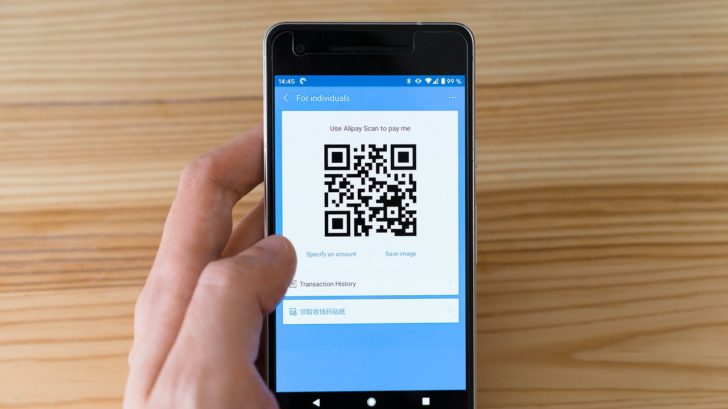A cashless society doesn’t merely mean an economy that accepts credit cards for payment. The term cashless has now evolved to include a lot of payment options from tap cards, automatic transfers, and other digitised forms of currency.
In the cashless world, bills, banking, and other commercial transactions are completed in just a few clicks, offering consumers convenience and real-time payments. In recent years, more countries in the world have proudly called themselves cashless societies. That means that they have laid down systems and infrastructure to make cashless payments accessible to all.
As cashless grows in popularity, so make efforts to protect it. Companies specialising in cybersecurity and encryption technology have increased to offer protection to consumers and e-commerce sites alike.
Here’s a quick rundown of the five leading cashless societies in the world.
Finland
Finland is a country with only 5.5 million citizens, and cash is rarely used in both rural and urban settings. Data and analytics company Global Data reported that among all countries in the world, Finland is the readiest to transition into an entirely cashless society. It is second to Ireland in credit card use and ranks fifth in e-commerce spending. Moreover, it has the third-highest internet banking reach and is the second country with the most smartphone use.
Sweden
Sweden could be ready to become entirely cashless in a few more years. Reports show that more than 80 percent of Swedes use their credit cards to pay for their purchases. Digital payments via apps or transfers are also widely accepted, and hardly anyone ever carries cash.
The Swedish Trade Federation says the Swedes trust their government, banks, and its authorities. Thousands of citizens have also had implants placed containing their biometric information, so they don’t need to carry keycards and other identification.
China
As of 2019, China has recorded more than 80 billion cash transactions, making it a global leader in e-commerce. The country has rapidly adopted mobile payments, especially the use of QR codes.
It is currently the most prominent mobile payment society in the world. Peer-to-peer payments via applications like Whatsapp is also prevalent.
South Korea
 South Korea is vying for the number 3 cashless country by the year 2022. According to reports, 6% of the country’s gross domestic revenues come from e-commerce transactions. Each cardholder is said to make at least 100 transactions every year. Banks in this country rarely accept cash deposits or withdrawal transactions. The majority of government institutions are already promoting cashless payments.
South Korea is vying for the number 3 cashless country by the year 2022. According to reports, 6% of the country’s gross domestic revenues come from e-commerce transactions. Each cardholder is said to make at least 100 transactions every year. Banks in this country rarely accept cash deposits or withdrawal transactions. The majority of government institutions are already promoting cashless payments.
The United Kingdom
The United Kingdom, and London in particular, was projected to become the second leading e-commerce economy in the world after China. Small merchants have started accepting both cards and online or mobile payments as more and more citizens become more comfortable using their smartphones for their day-to-day financial transactions.
Australia
The Land Down Under, for its part, is rapidly working towards digitising its non-cash transaction mechanisms. Smartphones are expected to take over by 2022, and along with it, non-cash transactions are projected to grow.
Australian Payments Network CEO Dr. Leila Fourie said the last five years saw an 87% increase in the use of debit cards. Online banking grew by 43% over the same period. At the same time, ATM and cheque transactions lessened by as much as 60 percent.
A cashless society offers many advantages to both business owners and consumers. It is fast, convenient, and direct. Ensuring that financial records and personal data remain secure and private at all times is one of the biggest challenges to its full implementation all over the world.






